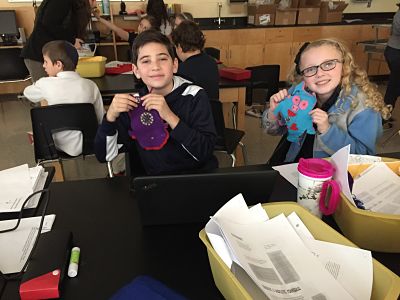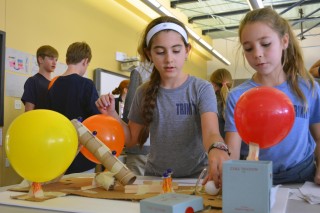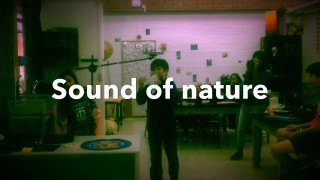Akiva School students in grades four-six are creating monsters. Not the ugly harmful kind. These are friendly, interactive monsters, and by making them the students are learning to integrate the subjects of science, technology, mathematics and engineering.
The project is part of a new STEM initiative at Akiva as the school implements a five-year plan to enhance instruction in all areas and “move the General Studies programming into the 21st century,” said Lynn Heady, Akiva’s Head of School.
In conjunction with i2Learning, a collaborative that provides STEM curricula and programs for elementary and middle school students, Akiva has adopted the Engineering Design Process, which takes students through the steps – asking, imagining, planning, creating and improving – that mirror the way scientists and engineers design in the real world.
In their latest project, Akiva students are working with a variety of textiles, lights, speakers, sensors, laptops and LilyPad Arduino circuit boards and software to make e-textiles, or “smart garments.”
They began making these interactive “monsters” by researching the history of e-textiles in athletics, health and fashion (the asking phase). Then they thought (or imagined) how they might build a prototype using soft electronic circuits. The students chose “fuzzy bookmarks” that would help them read in the dark.
In the planning phase, they identified the materials they would need – conductive threat, LEDs, batteries and fabrics – and how their bookmark would be used. The creation of the prototype bookmark, sewing, gluing and building the device, was followed by testing and revision with the goal of improving the design and function.
After this experience, it was time for each student to develop his or her own version of the friendly, interactive monster. Students learned how to use programming to make their creatures play music, move and glow on command.



